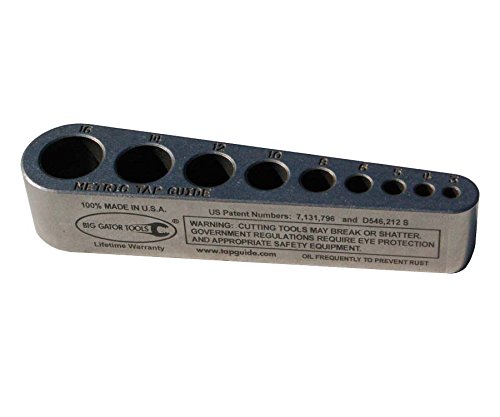DigitalM
Established Member
I'm a craptastic tapper. In attempting to tap a 6mm thick mild steel disc with a 1/4" 20G tap, i was, I reckon, about 5 degree out. It works, but meh! - you'd frown if I handed you the result.
Now, I realise that I run the risk of one-liner answers like "practice" (do it anyway, I know, it's that obvious) but I'm only ever going to need to do metalwork projects once in a blue moon, as it will be those jobs that are in support of my woodworking stuff. So, I won't be getting much practice.
Sooooooo - I see a few people using drill presses on you tube with dead centres. I looked a little more into this and in the US you can get spring loaded dead centres for just this sort of thing. Well maybe there's something in that but you can't get them here.
I guess putting a set square up against the job is a no-brainer.
But in my position, total noob, not much kit apart from my NOS Draper (Japan!) 1980s metal boxed tap and die kit, are there any simple/cheap ways to ensure being closer to true square?
Now, I realise that I run the risk of one-liner answers like "practice" (do it anyway, I know, it's that obvious) but I'm only ever going to need to do metalwork projects once in a blue moon, as it will be those jobs that are in support of my woodworking stuff. So, I won't be getting much practice.
Sooooooo - I see a few people using drill presses on you tube with dead centres. I looked a little more into this and in the US you can get spring loaded dead centres for just this sort of thing. Well maybe there's something in that but you can't get them here.
I guess putting a set square up against the job is a no-brainer.
But in my position, total noob, not much kit apart from my NOS Draper (Japan!) 1980s metal boxed tap and die kit, are there any simple/cheap ways to ensure being closer to true square?



































